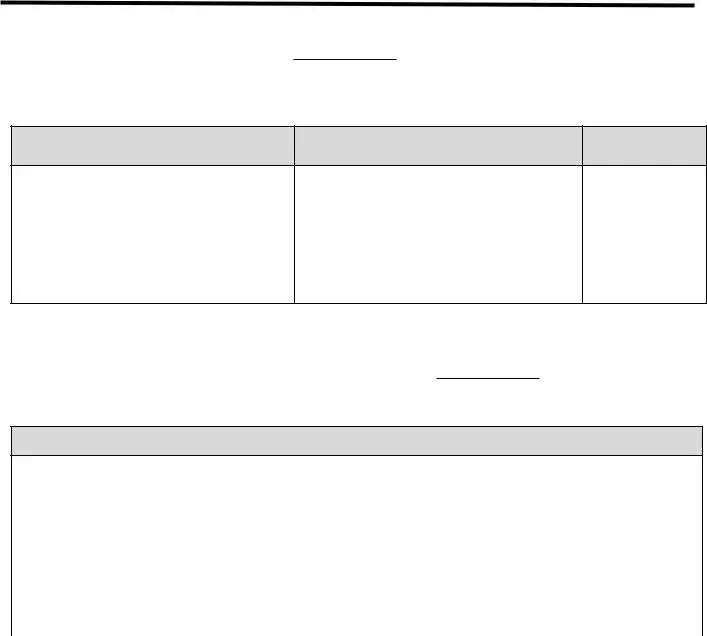What is the Advance Beneficiary Notice of Non-coverage (ABN)?
The Advance Beneficiary Notice of Non-coverage, commonly referred to as ABN, is a form used by healthcare providers in the United States. It informs patients that Medicare may not cover a specific service or item. By receiving this notice, patients can make informed decisions about their care and understand their potential financial responsibilities.
When should I receive an ABN?
You should receive an ABN when a healthcare provider believes that a service or item may not be covered by Medicare. This typically happens before the service is provided. The provider must explain why they think Medicare will deny coverage and give you the opportunity to either proceed with the service or decline it.
What should I do if I receive an ABN?
If you receive an ABN, review it carefully. It will outline the service in question, the reason for the potential denial, and your options. You can choose to accept the service and agree to pay for it if Medicare denies coverage or decline the service altogether. Make sure to ask your provider any questions you may have about the notice or your options.
Will I be responsible for payment if I sign the ABN?
Yes, if you sign the ABN and Medicare denies coverage for the service, you will be responsible for paying for that service. However, signing the ABN does not guarantee that Medicare will deny coverage. It simply acknowledges that you understand the potential for non-coverage and are willing to proceed.
Can I appeal if Medicare denies coverage after I signed the ABN?
Yes, you can appeal Medicare's decision if they deny coverage for a service you received after signing the ABN. The appeal process allows you to present your case and provide any additional information that may support your claim for coverage. Keep in mind that the appeal process can take time, and you will still be responsible for payment during this period.
Are there any exceptions to when an ABN is required?
Yes, there are exceptions. An ABN is not required for services that are clearly not covered by Medicare, such as certain cosmetic procedures. Additionally, if the provider is certain that the service will be covered, they do not need to issue an ABN. However, it is always best to clarify with your provider if you have concerns about coverage.

